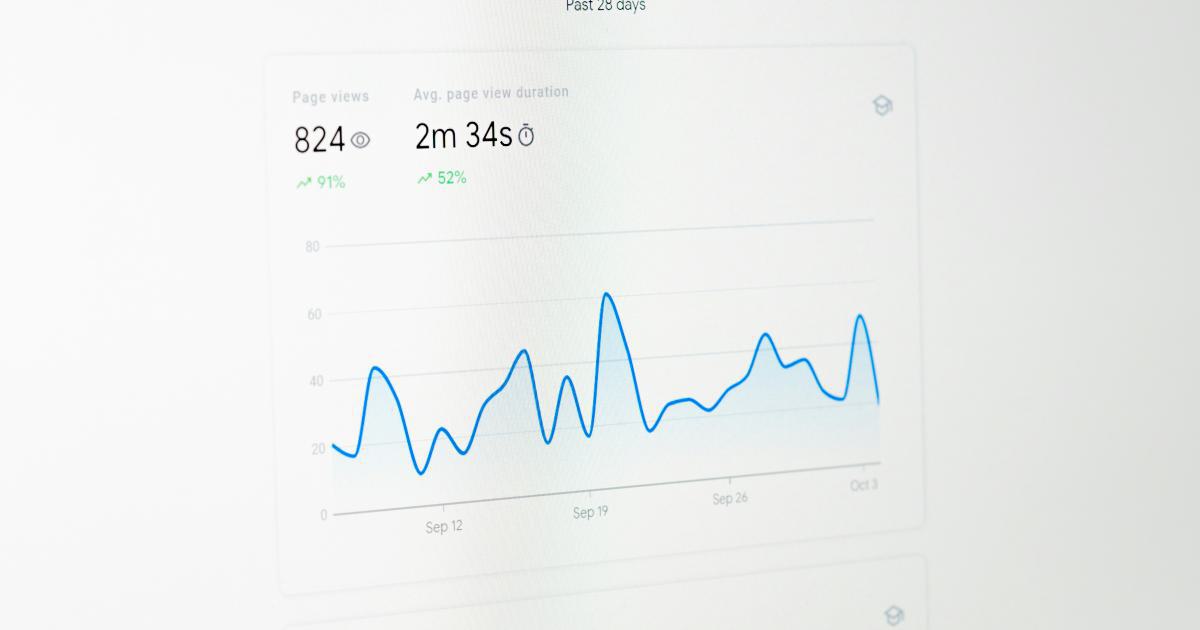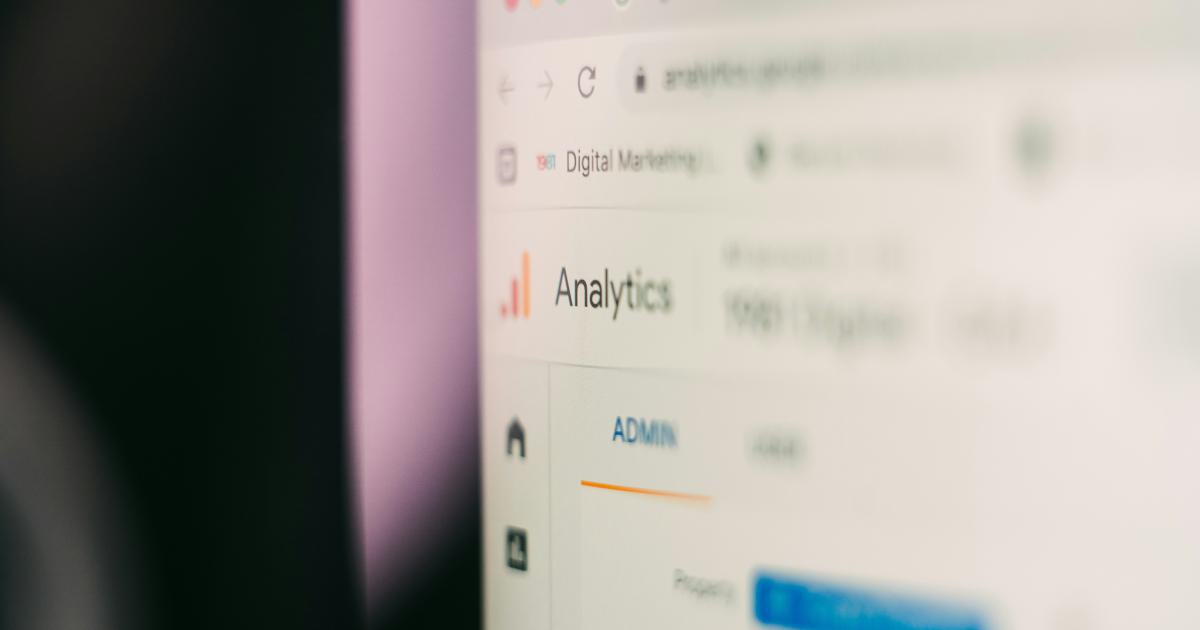Maximize ROI with Data-Driven Content Distribution Tactics


Understanding the Power of Data-Driven Content Distribution
In today's digital landscape, where content is the cornerstone of marketing strategies, the ability to effectively distribute and promote that content is crucial for driving engagement, generating leads, and ultimately, maximizing return on investment (ROI). Traditional content distribution methods, such as posting on social media or publishing on a company blog, are no longer enough to cut through the noise and reach target audiences. To truly maximize the impact of your content, a data-driven approach to content distribution is essential.
Data-driven content distribution involves leveraging insights and analytics to strategically plan, execute, and optimize your content dissemination efforts. By understanding your audience's preferences, behavior, and pain points, you can tailor your content and distribution tactics to ensure it reaches the right people at the right time, leading to increased engagement, conversions, and ultimately, a higher ROI.

The Benefits of Data-Driven Content Distribution
Implementing a data-driven content distribution strategy can provide numerous benefits for your business, including:
Improved Targeting: By analyzing data on your audience's demographics, interests, and online behavior, you can create more personalized and relevant content that resonates with your target customers.
Increased Engagement: With a deeper understanding of what your audience wants, you can craft content that is more engaging and valuable, leading to higher click-through rates, shares, and conversions.
Optimized Allocation of Resources: Data-driven insights can help you identify the most effective distribution channels, content formats, and publication timings, allowing you to focus your efforts and budget on the tactics that deliver the best results.
Enhanced ROI: By maximizing the reach and impact of your content, data-driven distribution can significantly improve the return on your content marketing investments.
Key Considerations for Data-Driven Content Distribution
Before diving into the specific tactics, it's important to understand the key considerations that will shape your data-driven content distribution strategy:
Audience Insights: Gather and analyze data on your target audience, including their demographics, interests, online behavior, and content consumption preferences.
Content Performance Metrics: Track and measure the performance of your content across various distribution channels, such as website analytics, social media insights, and email marketing reports.
Competitive Analysis: Understand how your competitors are distributing their content and identify opportunities to differentiate your approach.
Platform-Specific Best Practices: Familiarize yourself with the unique algorithms, features, and user behaviors of the various distribution channels you plan to leverage, such as social media platforms, email newsletters, and industry publications.
Continuous Optimization: Regularly review and refine your content distribution strategy based on the data and insights you gather, ensuring you're always adapting to the evolving needs and preferences of your audience.
Leveraging Data-Driven Content Distribution Tactics
With a solid understanding of the key considerations, let's dive into the specific tactics that can help you maximize the ROI of your content distribution efforts.
1. Optimize for Search Engine Visibility

One of the most crucial aspects of data-driven content distribution is optimizing your content for search engine visibility. By understanding the keywords and search queries your target audience is using, you can ensure your content appears at the top of search engine results, driving more organic traffic and leads.
To optimize your content for search engines:
Conduct Keyword Research: Use tools like Google Keyword Planner, Ahrefs, or SEMrush to identify the most relevant and high-volume keywords and search terms related to your business and industry.
Incorporate Keywords Strategically: Incorporate your target keywords seamlessly into your content, including the title, headings, meta tags, and body text, without sacrificing readability or quality.
Optimize On-Page Elements: Ensure your content is structured with clear, keyword-rich titles, subheadings, and descriptions to improve its relevance and discoverability in search engine results.
Leverage Technical SEO: Implement technical SEO best practices, such as improving site speed, implementing Schema markup, and ensuring mobile-friendliness, to enhance your content's visibility and ranking.
Measure and Refine: Continuously monitor your search engine performance using tools like Google Search Console and adjust your SEO strategy based on the data you collect.
2. Leverage Social Media Platforms

Social media platforms offer a powerful way to distribute your content and reach your target audience. By understanding the unique characteristics and best practices of each social network, you can tailor your content and distribution tactics to maximize engagement and drive more traffic to your website.
To effectively leverage social media for content distribution:
Identify Relevant Platforms: Analyze your audience data to determine which social media platforms they are most active on, such as LinkedIn, Twitter, Facebook, or Instagram.
Optimize Content for Each Platform: Adapt your content format, tone, and messaging to fit the preferences and algorithms of each social network. For example, leverage eye-catching visuals for Instagram, concise text for Twitter, and long-form content for LinkedIn.
Utilize Paid Amplification: Supplement your organic social media efforts with targeted paid advertising to boost the reach and visibility of your content, especially for high-performing posts.
Engage with Your Audience: Actively respond to comments, share user-generated content, and participate in relevant discussions to build stronger connections with your social media followers.
Analyze and Iterate: Monitor your social media analytics to identify the content and distribution tactics that resonate best with your audience, and continuously refine your approach based on the data.
3. Leverage Email Marketing

Email remains one of the most effective channels for content distribution, as it allows you to directly reach and engage your target audience with personalized and relevant content.
To maximize the ROI of your email marketing efforts:
Segment Your Email List: Divide your email list into smaller, more targeted segments based on factors like demographic data, interests, behavior, or stage in the customer journey.
Personalize Your Content: Use the data you have on your subscribers to create personalized content and subject lines that cater to their specific needs and preferences.
Optimize Delivery Timing: Analyze the open and engagement rates of your emails to determine the optimal times and frequencies for sending your content to maximize deliverability and impact.
Leverage Automation: Implement automated email campaigns, such as welcome series, abandoned cart reminders, or content digest newsletters, to ensure your audience receives timely and relevant content.
Track and Optimize: Closely monitor your email marketing metrics, such as open rates, click-through rates, and conversions, and use this data to refine your content, subject lines, and distribution tactics.

4. Collaborate with Industry Influencers and Publications

Partnering with industry influencers and reputable publications can significantly expand the reach and credibility of your content, helping you tap into new audiences and drive more qualified traffic to your website.
To effectively leverage influencer and industry partnerships:
Identify Relevant Influencers: Research and identify influential figures, thought leaders, and subject matter experts within your industry who have a strong following and credibility among your target audience.
Create Mutually Beneficial Partnerships: Collaborate with influencers to co-create content, host webinars, or feature your brand in their content, offering them value in the form of exposure, access to your audience, or other incentives.
Leverage Industry Publications: Pitch your content to relevant industry publications, blogs, or newsletters, leveraging their existing readership and authority to amplify your reach.
Measure and Optimize: Track the performance of your influencer and publication partnerships, analyzing metrics such as referral traffic, engagement, and conversions, to identify the most effective collaborations and refine your approach.
5. Repurpose and Redistribute Content

Maximizing the ROI of your content distribution efforts doesn't just mean creating new content - it also involves effectively repurposing and redistributing your existing content to reach new audiences and extend its lifespan.
To repurpose and redistribute your content:
Identify High-Performing Content: Analyze your content analytics to identify the pieces that have resonated best with your audience, such as your most-viewed blog posts, highest-performing social media updates, or most-downloaded lead magnets.
Repurpose into Different Formats: Transform your existing content into different formats, such as video tutorials, infographics, podcasts, or social media graphics, to cater to diverse content consumption preferences.
Distribute Across Multiple Channels: Redistribute your repurposed content across various channels, including social media, email newsletters, industry publications, and syndication platforms, to reach new audiences.
Optimize for Each Platform: Ensure that your repurposed content is tailored to the unique characteristics and best practices of each distribution channel, maximizing its impact and engagement.
Track and Iterate: Continuously monitor the performance of your repurposed and redistributed content, and use the data to refine your content repurposing and distribution strategies.

6. Leverage Data-Driven Content Promotion

In addition to optimizing your content distribution tactics, a data-driven approach to content promotion can further amplify the reach and impact of your content.
To effectively promote your content:
Identify Relevant Promotion Channels: Analyze your audience data to determine the most effective channels for promoting your content, such as paid advertising, influencer marketing, content syndication, or guest blogging.
Craft Compelling Promotional Assets: Create eye-catching and compelling promotional assets, such as social media graphics, video teasers, or email newsletter snippets, to pique your audience's interest and drive them to engage with your content.
Utilize Targeted Paid Promotion: Supplement your organic promotion efforts with strategic paid advertising campaigns on platforms like Google Ads, Facebook, LinkedIn, or industry-specific sites, targeting your content to the right audience at the right time.
Leverage Influencer and Partnership Promotion: Collaborate with industry influencers, thought leaders, or complementary brands to cross-promote your content, leveraging their existing audience and credibility.
Track and Optimize: Continuously monitor the performance of your content promotion efforts, analyzing metrics such as click-through rates, conversions, and cost-per-acquisition, to identify the most effective tactics and refine your approach.

Measuring and Optimizing Your Data-Driven Content Distribution
Effective data-driven content distribution is an ongoing process that requires continuous monitoring, analysis, and optimization. By closely tracking the performance of your content and distribution tactics, you can identify what's working, what's not, and make informed decisions to improve your ROI.
Key Metrics to Track
Some of the essential metrics to track when measuring the success of your data-driven content distribution include:
- Traffic and Engagement: Website visits, page views, time on page, bounce rate, social media shares, and comments.
- Conversions: Lead generation, email subscriptions, content downloads, and sales.
- Audience Insights: Demographics, interests, behavior, and content consumption preferences.
- Channel Performance: Referral traffic, click-through rates, and cost-per-acquisition for each distribution channel.
Optimizing Your Content Distribution Strategy
Based on the data you collect, you can continuously optimize your content distribution strategy by:
Refining Your Target Audience: Adjusting your personas, interests, and behavioral targeting to better align with your most engaged and profitable segments.
Identifying Top-Performing Content: Focusing your distribution efforts on the content pieces that are driving the highest engagement and conversions.
Optimizing Distribution Tactics: Testing and iterating on your tactics, such as adjusting publication timing, modifying promotional messaging, or reallocating budget across different channels.
Expanding to New Channels: Exploring and testing new distribution channels that may be a good fit for your target audience and content.
Automating and Scaling: Implementing marketing automation tools and processes to streamline and scale your data-driven content distribution efforts.
By continually analyzing your data, refining your tactics, and adapting to the evolving needs of your audience, you can maximize the ROI of your content distribution strategy and drive sustainable growth for your business.

Are You Crushing It in Internet Marketing?
Struggling to boost your online visibility and traffic? Semrush is the ultimate platform for digital marketers like you. With powerful SEO tools and competitive data insights, you can optimize your website, content, and campaigns for maximum impact.
Join over 7 million marketers already using Semrush to outrank their competitors, drive more qualified leads, and grow their businesses online. Get started today with a 7-day free trial, and unlock the full potential of your internet marketing strategy.
Unlock the Power of SEO with Semrush
Are you struggling to boost your online visibility and drive more traffic to your website? Semrush has the solution.
Our comprehensive platform offers advanced keyword research, competitor analysis, and SEO audits, empowering you to optimize your content and outrank your competition.